
La Marraqueta
The bread that gives identity to the Chilean table

The bread that gives identity to the Chilean table
There are few things that speak of our identity and unite Chileans as much as our love for the marraqueta. Chile is, according to several international rankings, one of the countries where more bread is consumed in the world, and of all the local varieties, the marraqueta is undoubtedly the queen. Its shape, versatility and ubiquity make it one of the most identifying elements of the national culinary tradition.
In this first installment of Voces de Chile, we wanted to understand why the marraqueta is so important for our gastronomy by talking to four people who know the subject well. We visited La Superior, one of the most traditional and awarded bakeries in the country, we visited the restaurant José Ramón 277, famous for its sánguches in marraqueta, and we talked with the renowned food writer Álvaro Peralta, Don Tinto. These are their testimonies.
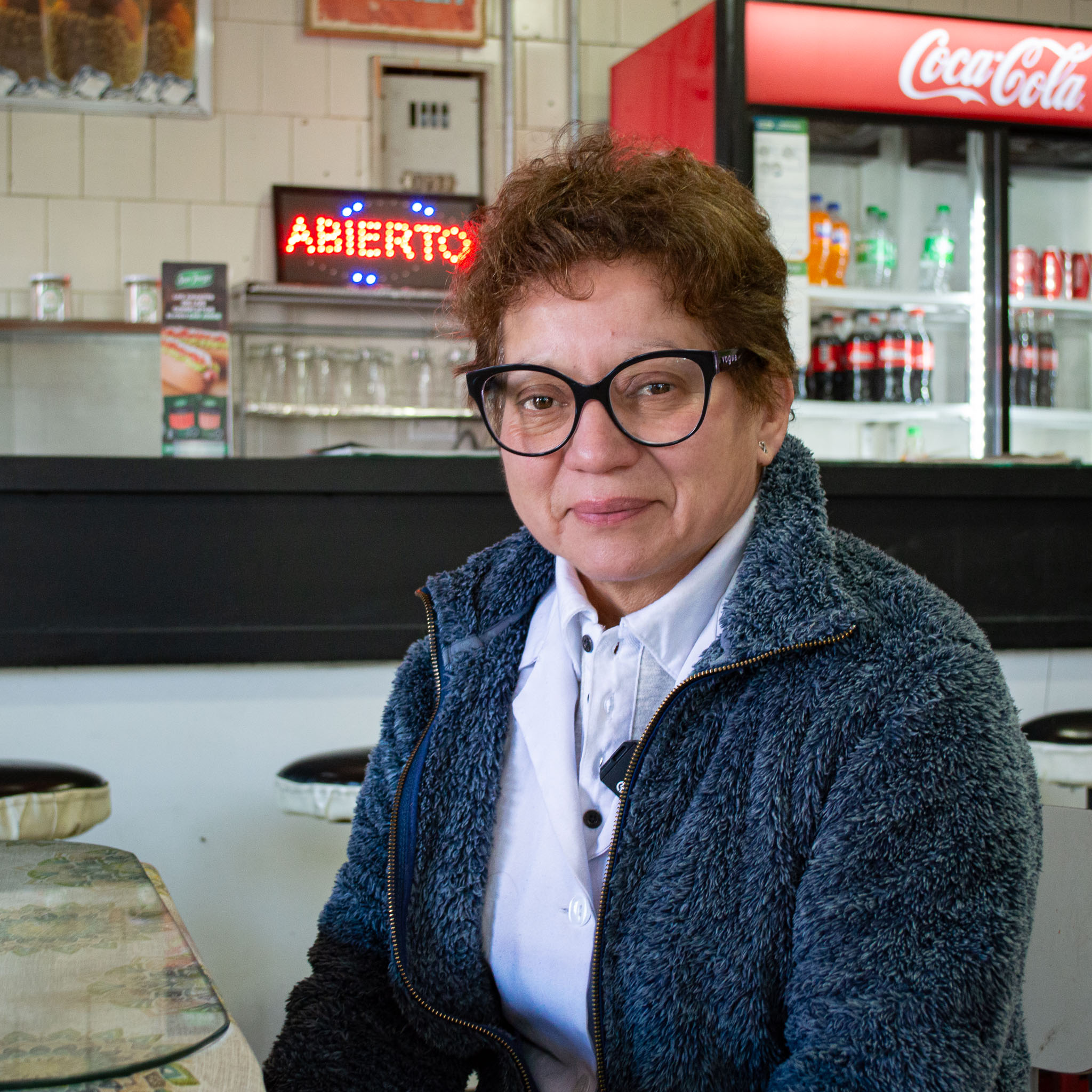
I have been in the bakery for thirty years, I started when I was 33 years old. I used to have a job far away and one day, while I was waiting for the bus at this bus stop on the corner, a man told me: "I always see you here so early, why don't you go to La Superior, maybe they are looking for help". Finally I dared and went to ask; they hired me right away.
The owner asked me if I knew how to handle the box, I said yes, but I really had no idea. Fortunately I learned quickly and so I started to climb the ladder. I was a cashier, then a secretary, an administrator and finally we bought the bakery with a partner.
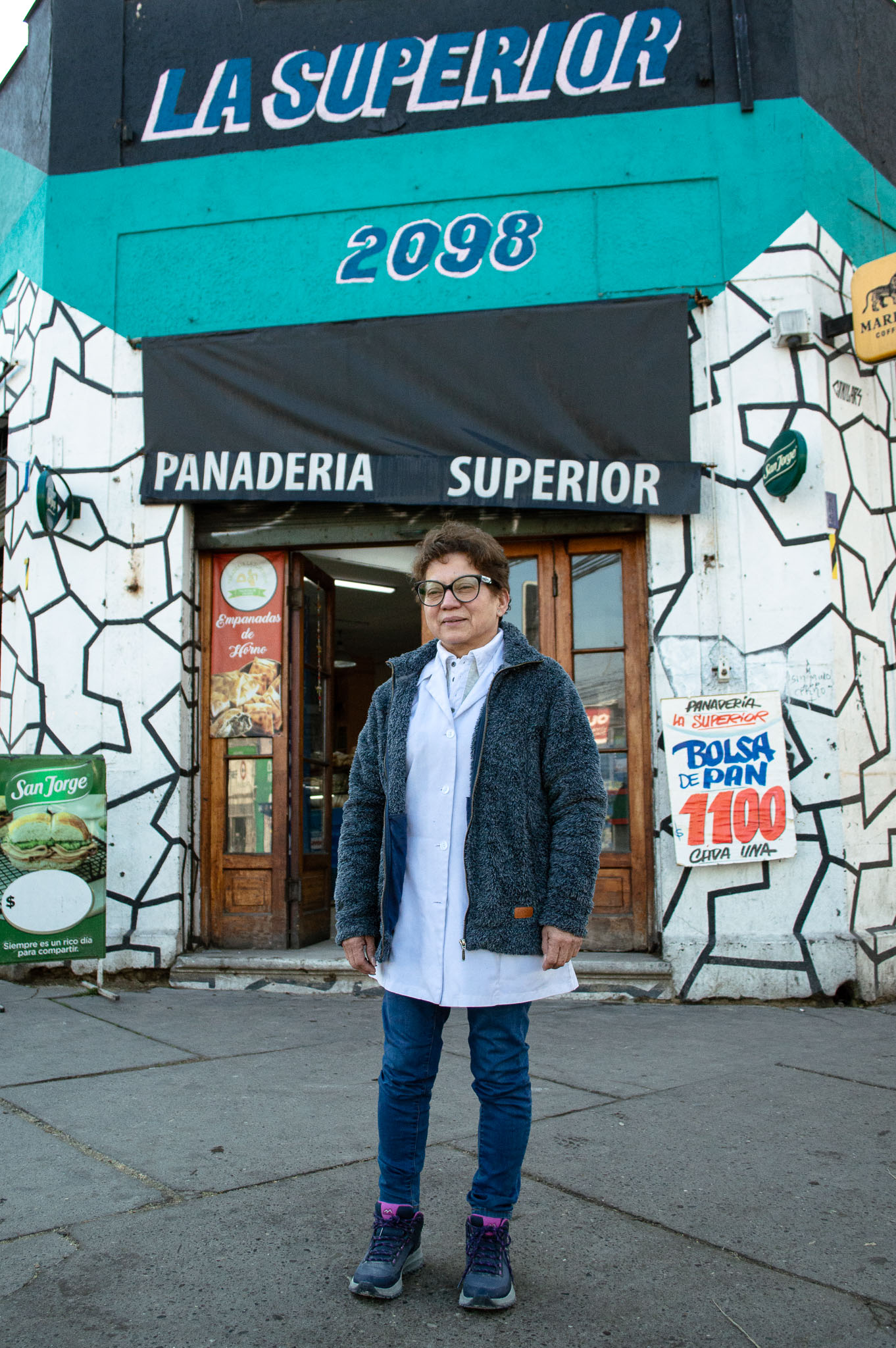
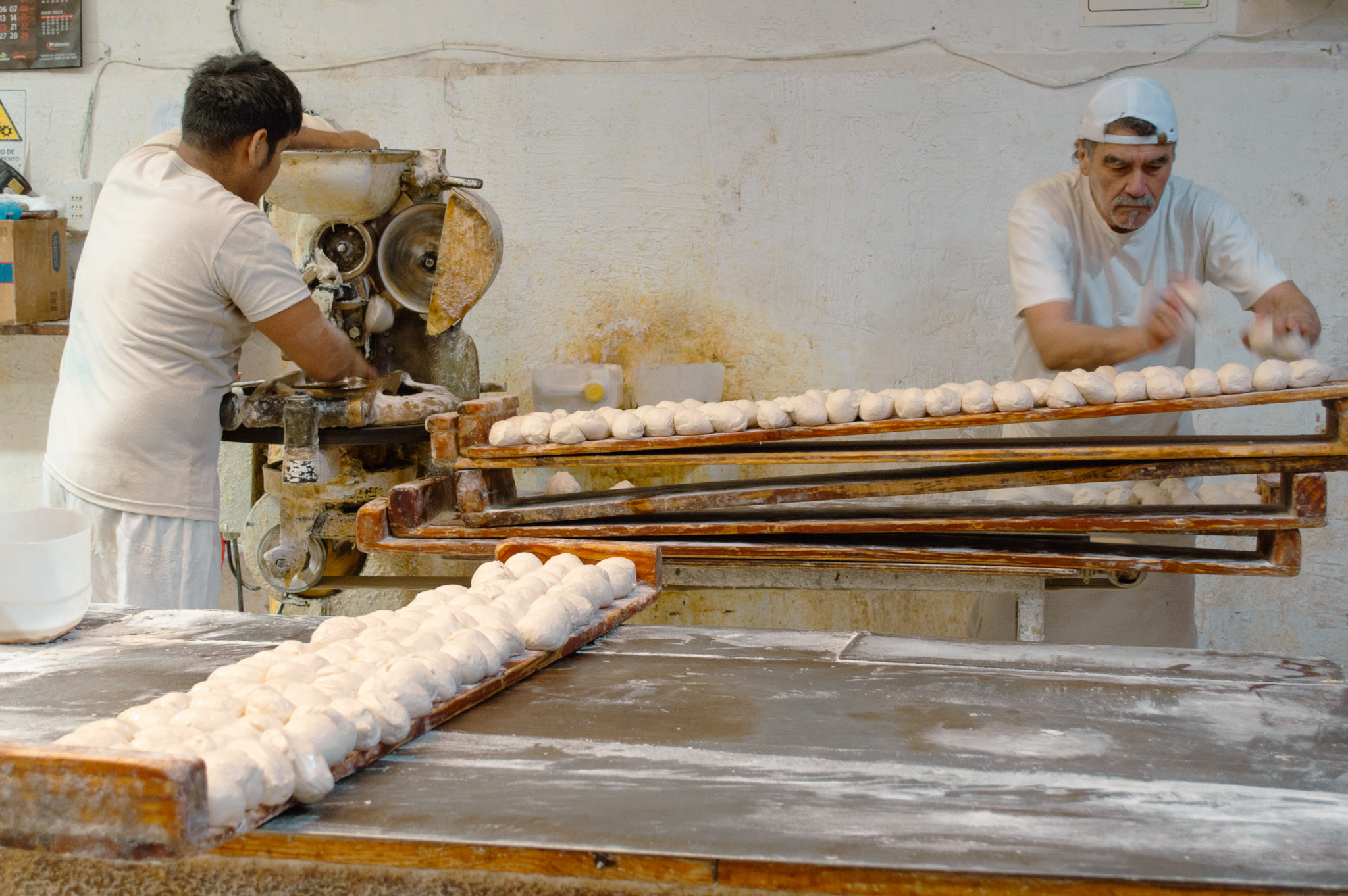
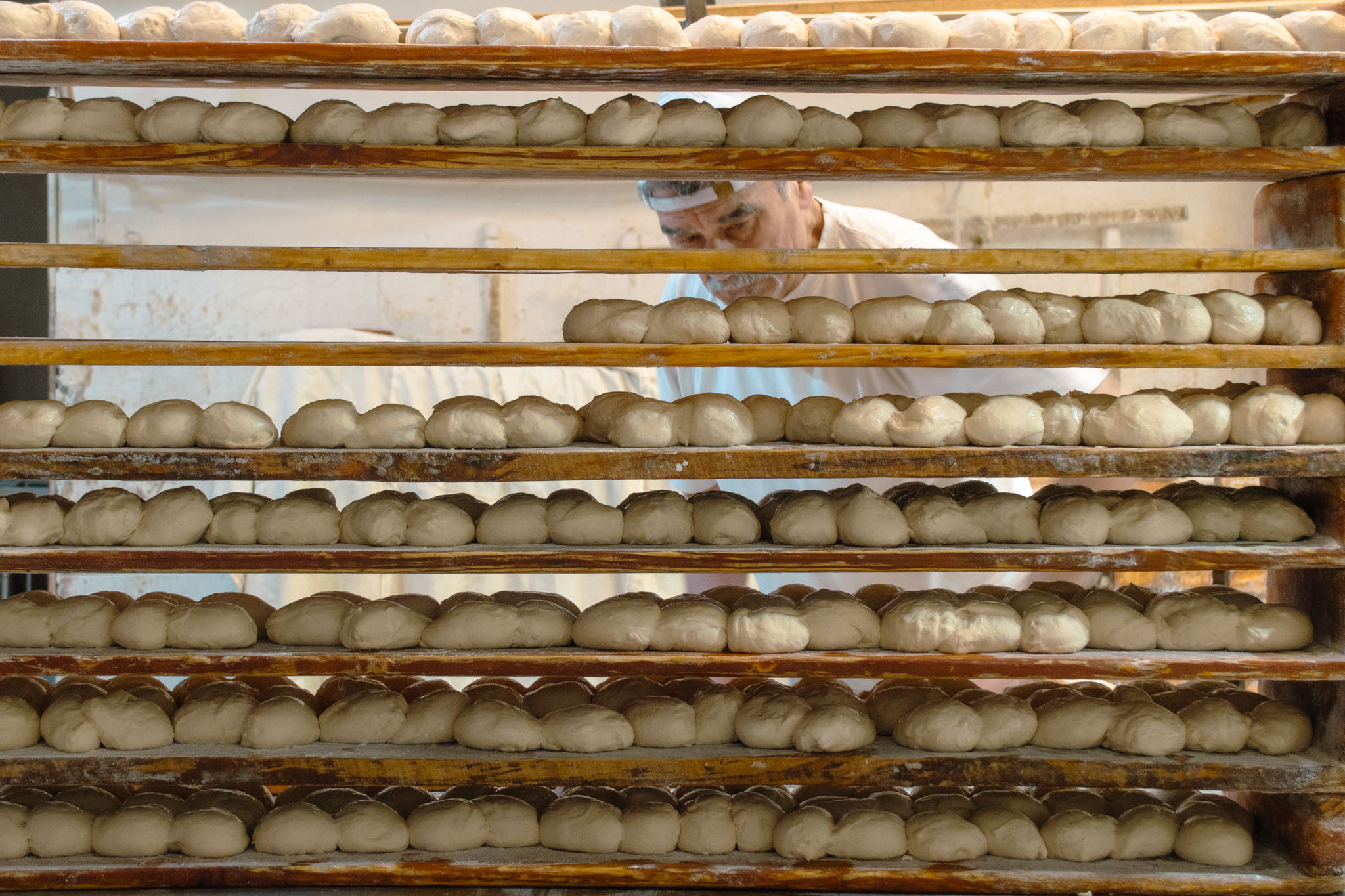
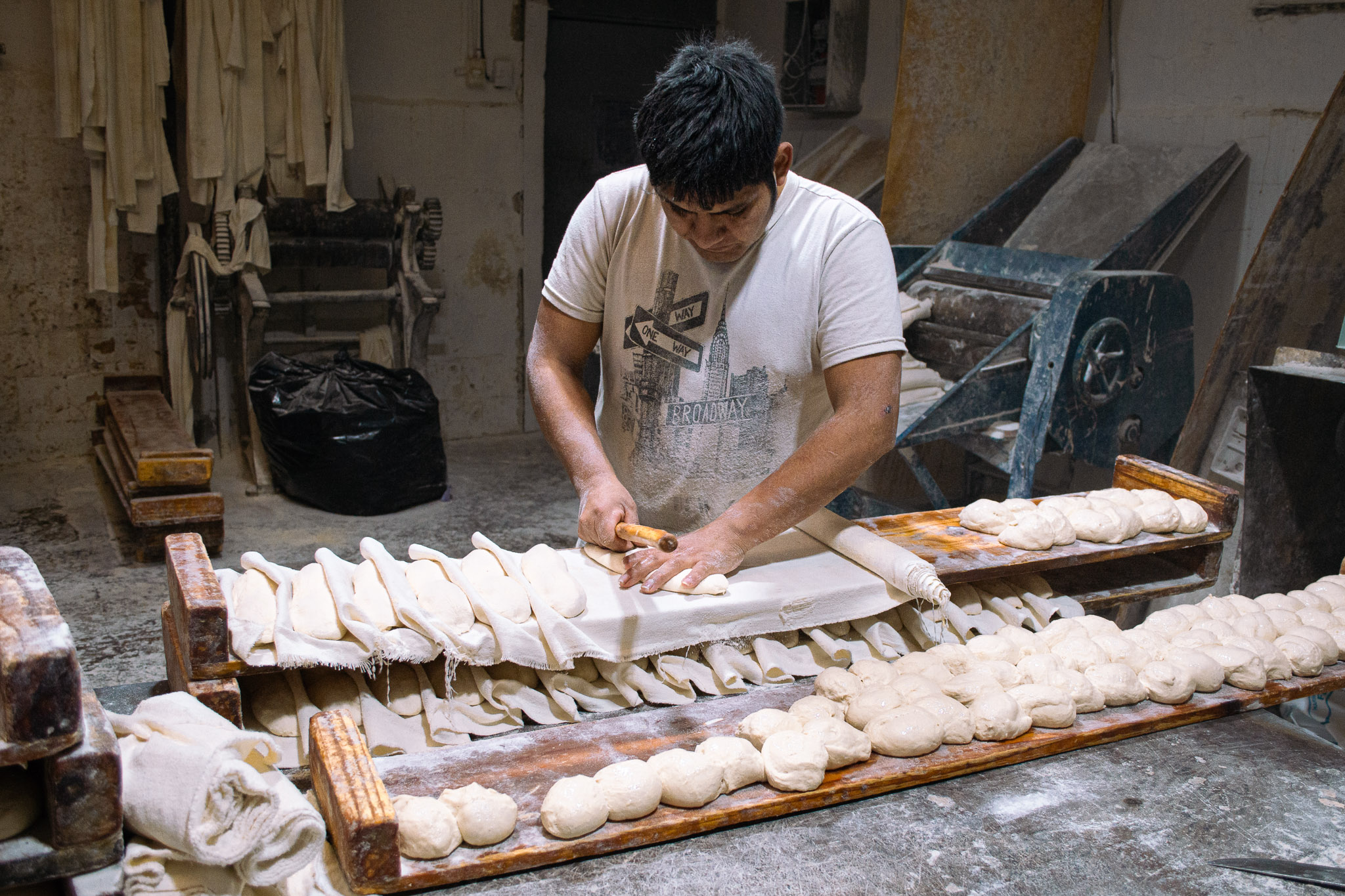
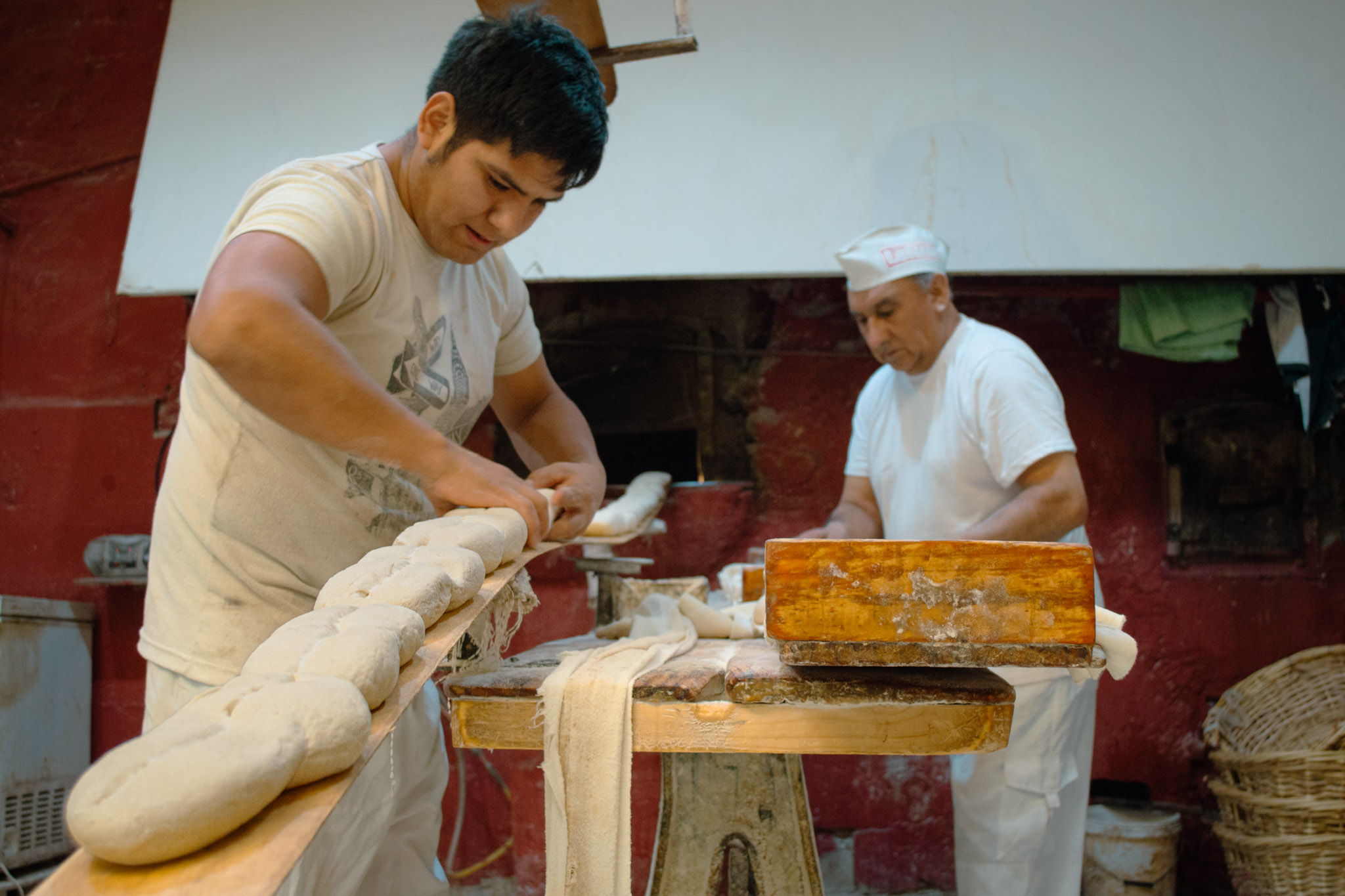
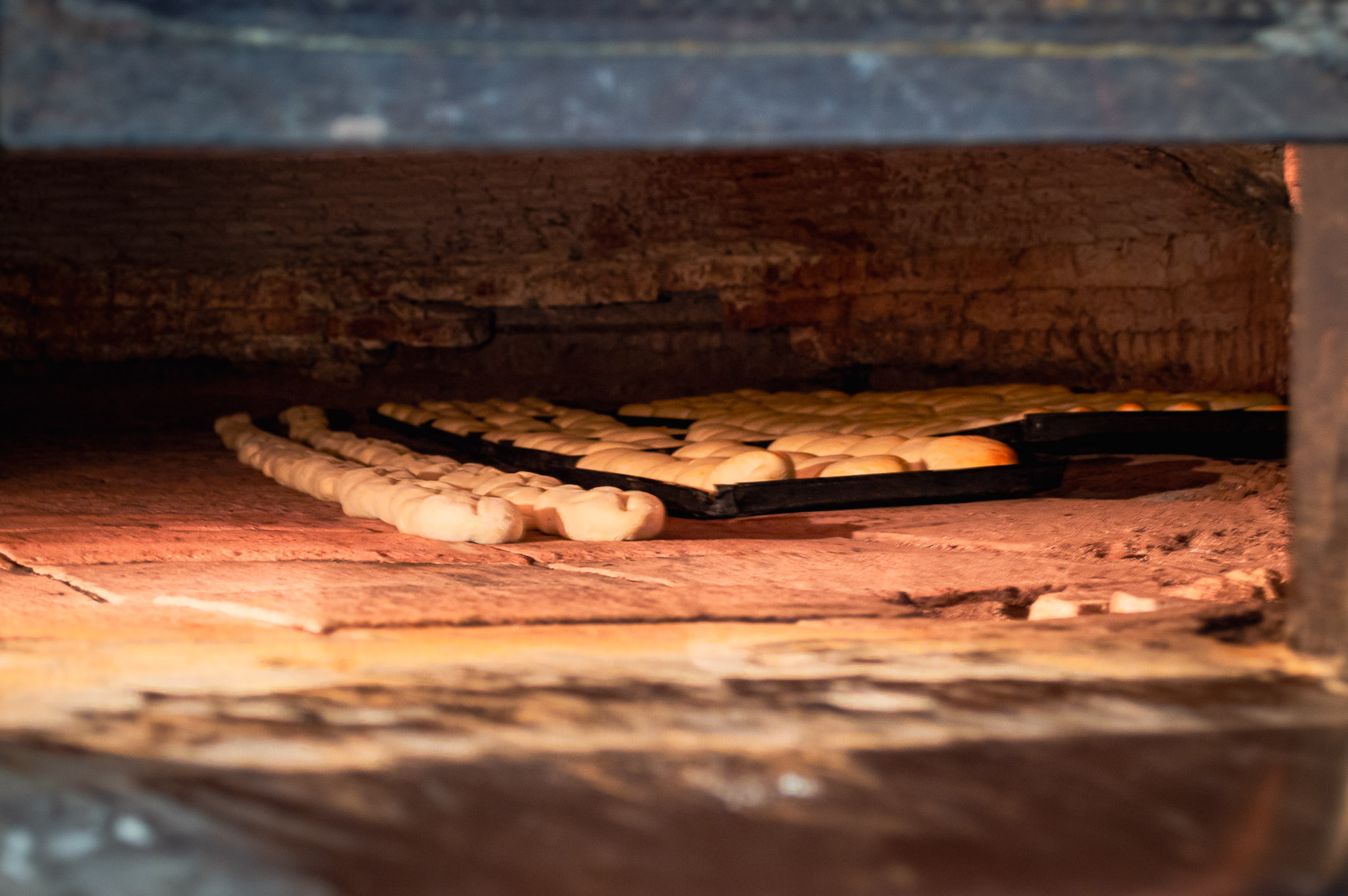
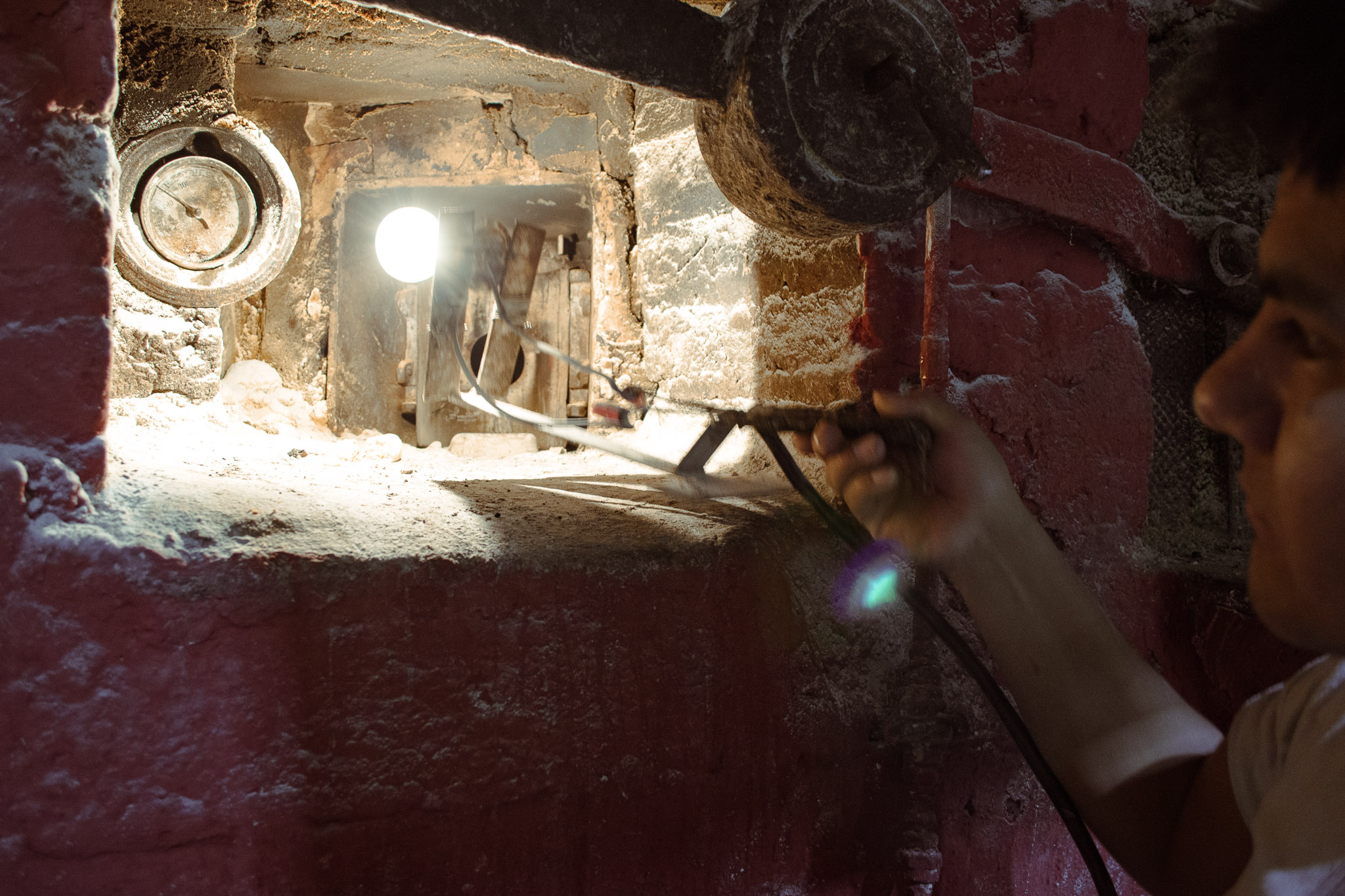
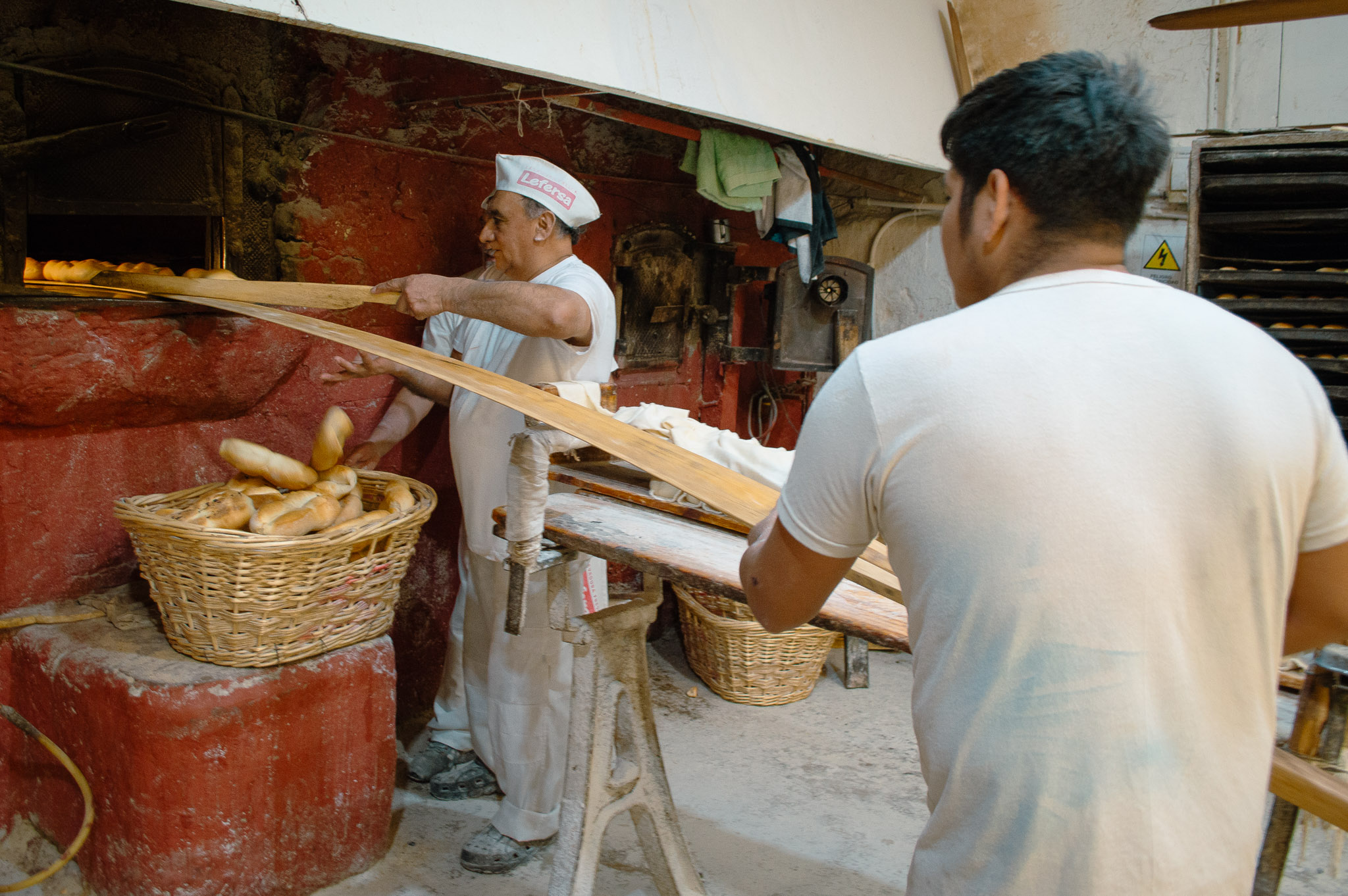
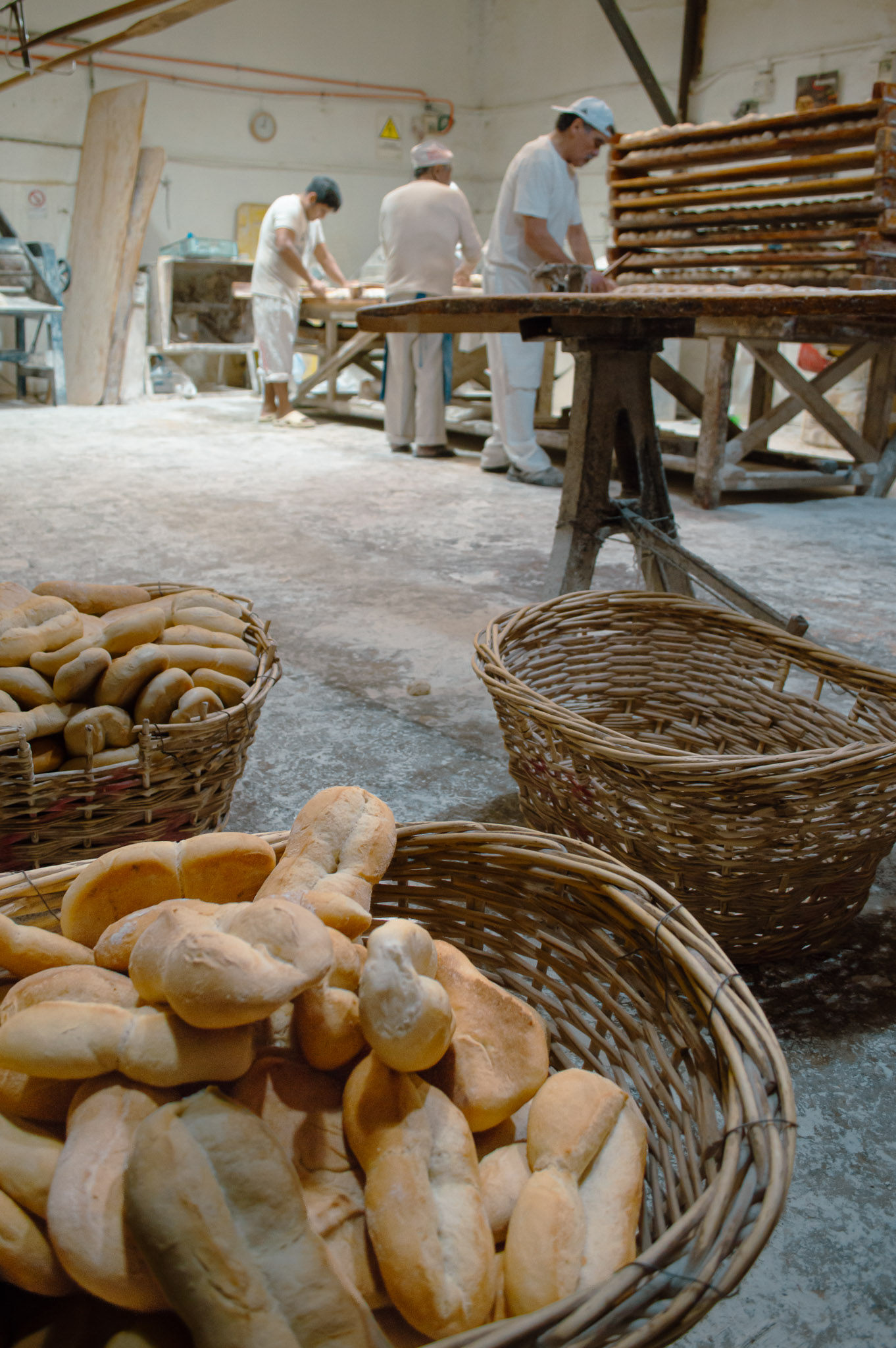

I have been in the business for 53 years. I started at the age of 17 as a delivery assistant in a bakery in Conchalí and then, by looking around, I learned the baker's trade. I never left it again.
In many places bread is made with machines, but here it is a completely handmade process where everything goes through your hands. That's what I love about this work, it's pure love.
The Chilean oven is the most fabulous thing, it is what gives the bread its touch. This particular one was built with about a hundred tons of pastelones, a brick-like material. There are very few of these left, they are very expensive to make.
The basis of the bakery in Chile is the marraqueta. Historically, if you make marraqueta, that moves the sale of the rest of the breads, such as hallulla, bocado or frica.
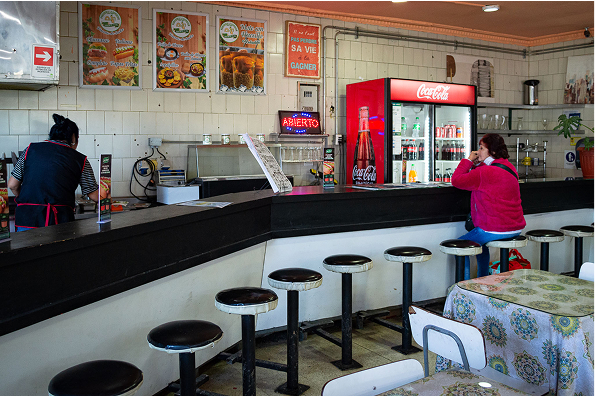

I think all of us in Chile share the memory of a toasted marraqueta in the morning, late before going to school, or a trip to the beach or to the hills with a marraqueta sandwich.
At the age of 17, when I finished school, I started working in restaurants. I liked it and decided to study cooking. Since then I have worked in several places and in all of them I have tried to rescue Chile's culinary identity.
José Ramón is twelve years old, I arrived six months after the opening. When I was invited there was already the idea of a choperia and sanguchería, but little by little an organic research to give a twist to the traditional Chilean sánguche began to take place.
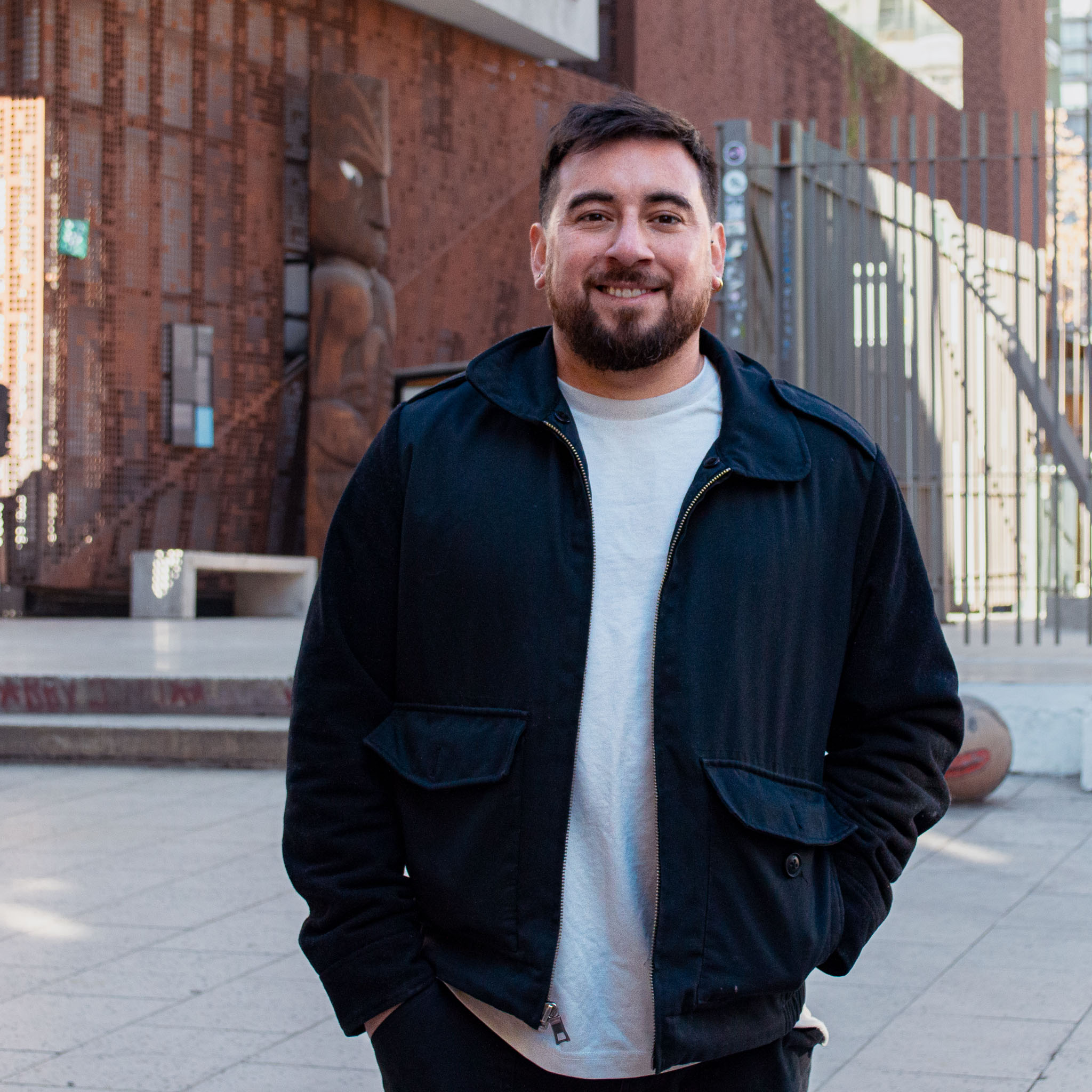
We discovered that each area of the country has its singularities: in the north there is the fish sandwich; in the center, pork, prietas, arrollado and lomito are strong; in the south, beef and cheese. We take all these influences to create our menu.
We decided that we had to have the most Chilean of marraquetas and for that we looked for the Chilean ovens still in use. There must be three or four in Santiago, one of them is La Superior. It was a magical encounter to get to that bakery, to meet Doña Cecilia, the bakers. It is a real living museum.
What most attracts the attention of foreigners who pass through the restaurant is the versatility of the marraqueta: they can try it with mechada, with lomito, with prietas. The possibilities are endless, but always of high quality.
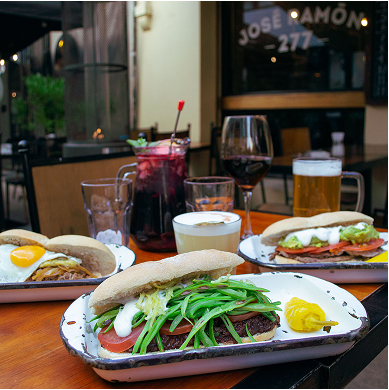
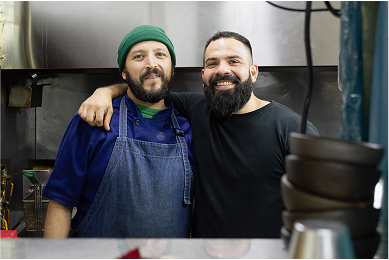

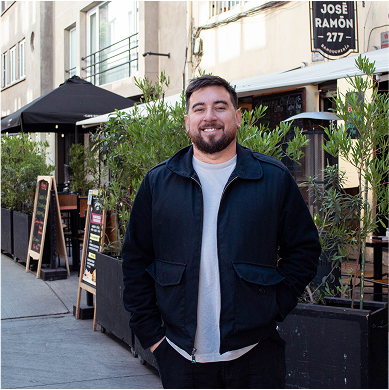
When I was a child I lived in Santa Cruz and, when I had to go to buy bread, I always chose Panificadora Santa Cruz, even though it was the farthest bakery from my house, just because I liked their marraqueta. To this day, when I visit, I buy bread there and it still has the same taste of my childhood.
I never thought I would end up being a culinary columnist, neither when I chose a career in journalism nor when I started practicing. But I always liked to eat and then, when I went to live on my own, I was given to cooking. While I was at The Clinic I began to seriously explore this subject to which I have dedicated myself for the last 15 years. It was a long and eventful journey.
I always say that gastronomy is the mirror of a society. There are few things that are transversal in our country, but bread and especially the marraqueta, is one of them.
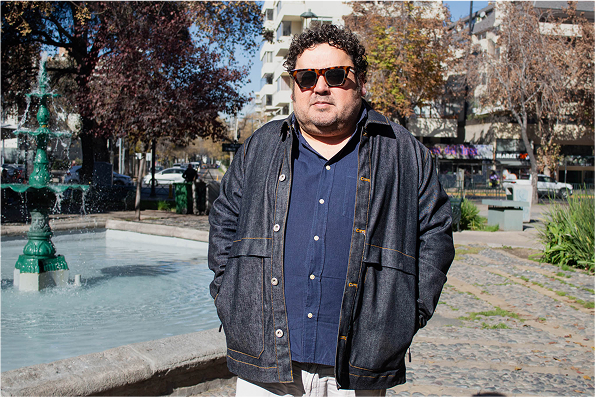
Bread is important throughout Latin America, but in Chile, Spanish immigration at the beginning of the 20th century created an industry, developed different types of bread and this changed local customs. For example, the tradition of buying bread every day took root.
The marraqueta became the favorite of Chileans I think for an aesthetic reason: it is the only one that does not look like any other bread, the exclusivity of the shape only exists in our country.
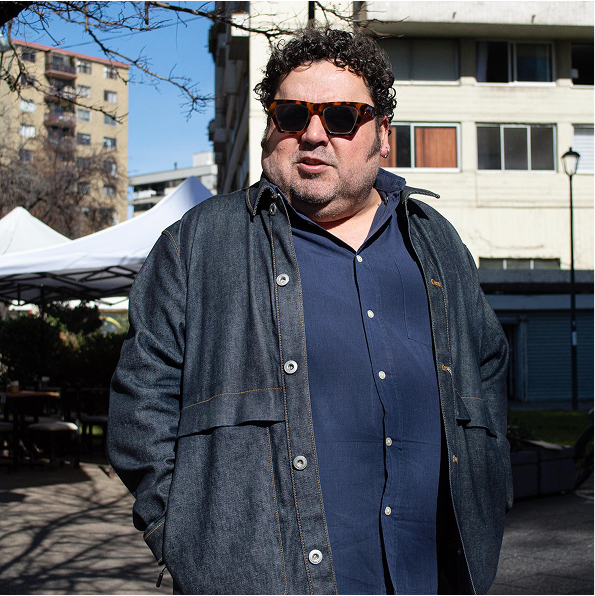
The marraqueta tells you about Chile. I can't imagine a reception for foreigners with any other bread than that. Chileans living abroad, what they say they miss most about Chile is the bread and the marraqueta in particular.
The marraqueta gives identity to the Chilean table. If you want a picture of our table, the marraqueta is a must. It is a distinctive. The marraqueta is a brand.
My favorite Chilean song is El pueblo unido jamás será vencido, by Quilapayún.